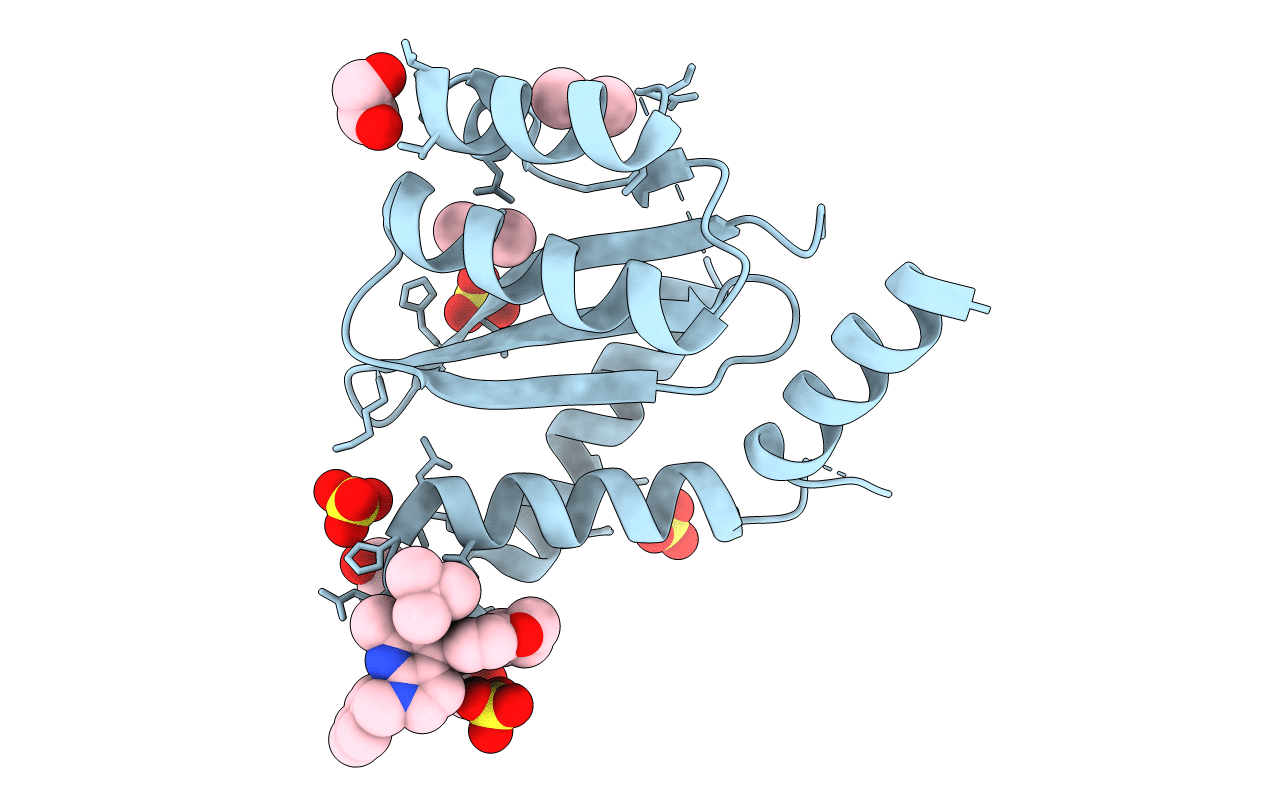
Deposition Date
2016-01-24
Release Date
2016-12-14
Last Version Date
2024-03-06
Entry Detail
PDB ID:
5HRP
Keywords:
Title:
HIV Integrase Catalytic Domain containing F185K + A124T mutations complexed with GSK0002
Biological Source:
Source Organism:
Human immunodeficiency virus 1 (Taxon ID: 11706)
Host Organism:
Method Details:
Experimental Method:
Resolution:
1.81 Å
R-Value Free:
0.22
R-Value Work:
0.19
R-Value Observed:
0.19
Space Group:
P 31 2 1


